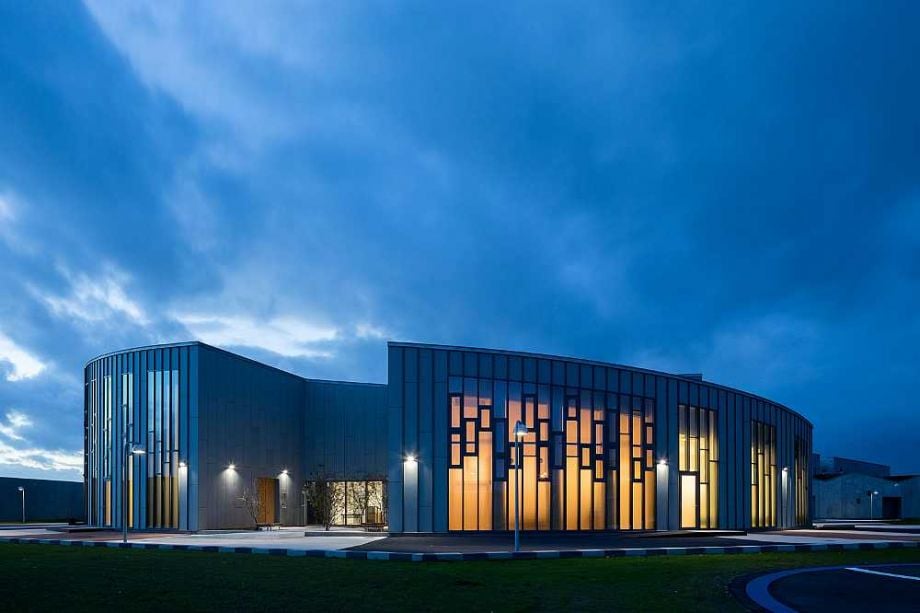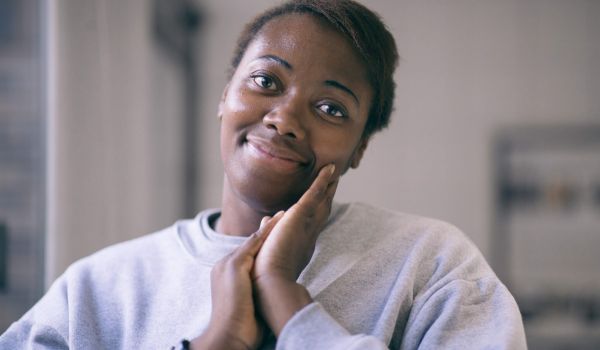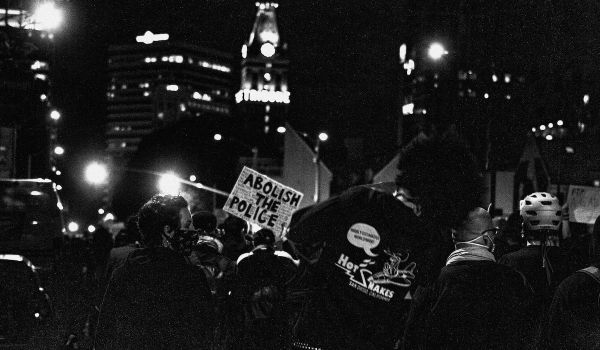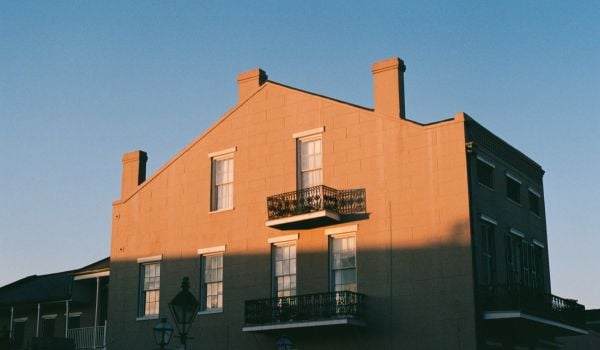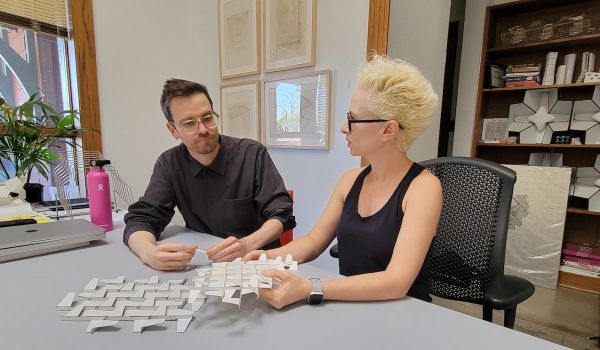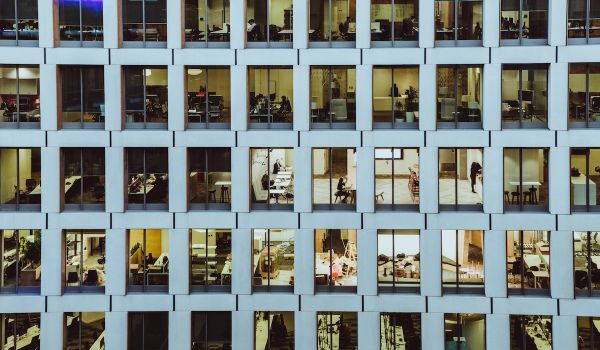A Danish prison with the lofty aim of reducing recidivism by way of good design could act as a testing ground for U.S. activists and architects, who want to close the notorious Rikers Island and replace it with smaller, community-based jails.
The recently-opened Storstrøm Prison (a maximum-security facility) is located about 70 miles southeast of Copenhagen, in the town of Gundslev. According to Fast Company Design, it looks “more like a university campus than a traditional prison.” From the magazine:
The grounds are modeled after a regular Danish village, complete with open space and buildings with distinctively Scandinavian architecture — think angled facades, lots of glass, and natural materials. You won’t see anyone “behind bars,” so to speak, as the individual cells look more like dorm rooms with windows, a bed, a private bathroom, desk and reading lamp. There’s no central cafeteria; instead groups of four to seven cells share communal kitchens where they prepare their own meals. They also share a living area, which is furnished and painted so it doesn’t have an institutional feel.
The idea is to re-socialize inmates in an environment that more closely mirrors their day-to-day lives so that when they’re freed, they won’t become repeat offenders. It’s a strategy more widely applied in Denmark than the U.K. or U.S., and according to Fast Company, it seems to be working. Denmark’s recidivism rate is about 27 percent, roughly half the rate of the U.S., which ranges from 49 percent to 80 percent depending on the crime.
Normalizing prison design — rather than designing to isolate and break inmates down — is a strategy that’s being increasingly embraced by reform advocates in the U.S. Rikers’ design is so severe that it actually undermines inmate safety, largely because “poor sight lines, bad acoustics and decaying facilities ‘provide multiple opportunities to fashion weapons,’” Catesby Holmes wrote for Next City in July. Advocates are pushing to close the complex and replace it with smaller facilities sprinkled throughout the city. The prisons’ exterior design would blend in with the surrounding neighborhood, and their interior design would prioritize natural light, green space and views of the city so inmates could prepare for re-entry into society and feel less isolated.
But the push for better prison design isn’t embraced by everyone. In Denmark, residents have expressed concern that the conditions at Storstrøm are too luxurious to serve as punishment, Sputnik News recently reported. And in the U.S., some architects believe the problem isn’t jail design, it’s the criminal justice system itself, which disproportionately targets young men of color.
“Making boxes prettier is not going to detract from the realities of mass incarceration,” DeAnna Van Buren, an architect who leads the nonprofit Designing Justice + Designing Spaces, told Holmes. “Green spaces, outdoor spaces, natural gardens — these are all design features that will help, but [the people who are incarcerated are] still trapped in a racist system.”

Rachel Dovey is an award-winning freelance writer and former USC Annenberg fellow living at the northern tip of California’s Bay Area. She writes about infrastructure, water and climate change and has been published by Bust, Wired, Paste, SF Weekly, the East Bay Express and the North Bay Bohemian
Follow Rachel .(JavaScript must be enabled to view this email address)

